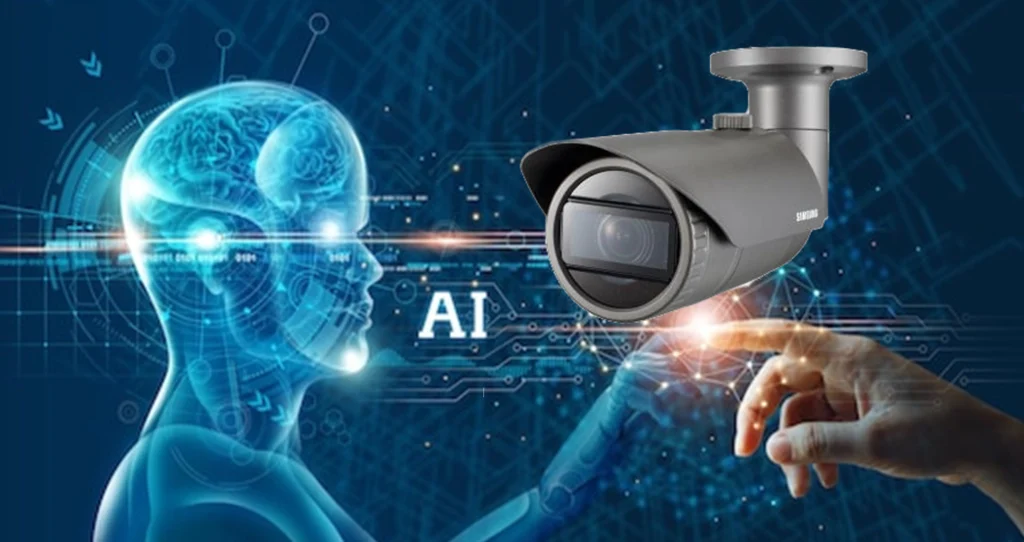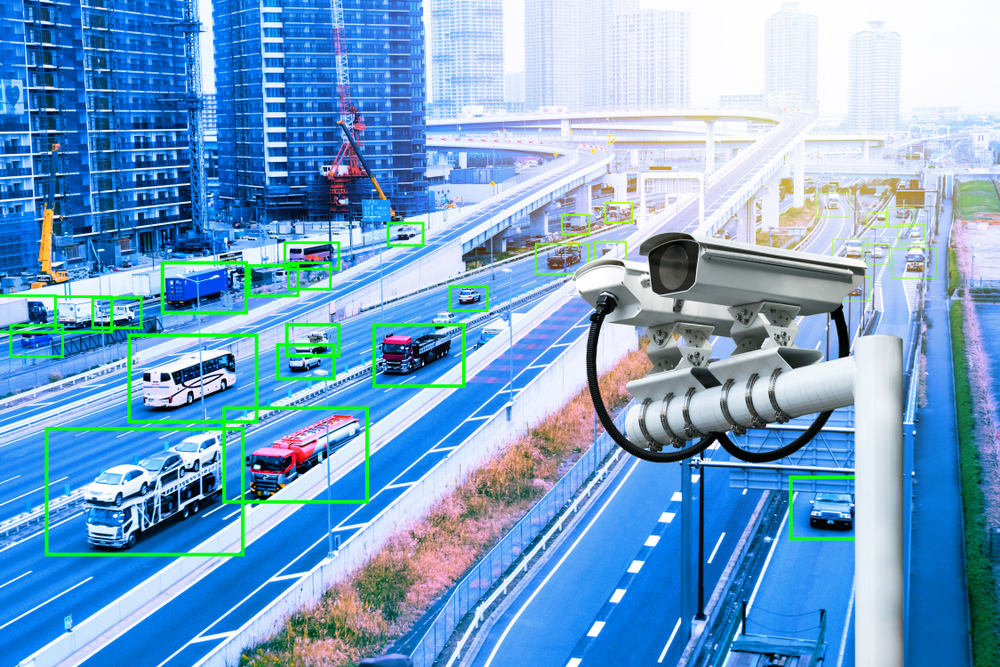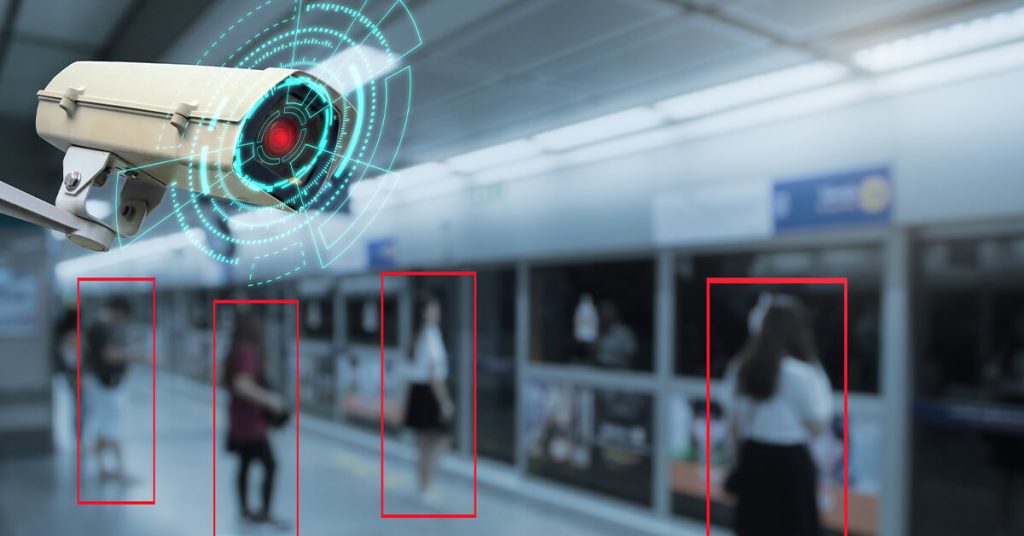The Role of AI in Modern LPR Camera Systems: Advancements and Implications
In the age of technological advancement, the synergy between Artificial Intelligence (AI) and surveillance systems has led to significant breakthroughs in various sectors, particularly in the area of security and law enforcement. Among the most important innovations is the integration of AI into License Plate Recognition Camera(LPR) Systems. Commonly referred to as license plate reader cameras, these systems have developed from simple optical character recognition (OCR) tools to sophisticated AI-powered solutions. This comprehensive article explores the little evolution of LPR or (ANPR) camera systems, explores the difficult role of AI in enhancing their functionalities, and examines closely the implications of these advancements on privacy, ethics, security, and legal frameworks.
Table of Contents
Evolution of LPR Camera Systems: From Conception to Modernization
The inception of license plate recognition dates back to the 1970s, with early systems relying on basic OCR technology to consider alphanumeric characters on license plates. However, these emerging solutions were plagued by limitations such as poor accuracy and inactivity processing speeds, hampering their practical utility. Over the years, advancements in hardware capabilities, image processing algorithms, and the arrival of AI have inspired a structure shift in LPR camera systems.

The transition from traditional OCR-based systems to AI-driven LPR technologies has been marked by several key milestones:
Hardware Advancements:
The evolution of camera sensors, lenses, and processing units has played a crucial role in improving the performance of LPR camera systems. High-resolution cameras with enhanced low-light sensitivity and fast shutter speeds enable clear and rapid capture of license plate images, even in challenging lighting conditions and high-speed scenarios.
Software Innovations:
The integration of AI algorithms, particularly deep learning models, has revolutionized the accuracy and efficiency of license plate recognition. By utilizing neural networks trained on large datasets of marked license plate images, AI-powered LPR systems can accurately identify plates with remarkable precision and adaptability. Convolutional Neural Networks (CNNs) have emerged as a popular choice for feature extraction and pattern recognition in LPR applications, enabling powerful performance across different environments.
Real-time Processing Capabilities:
One of the most significant limitations of earlier LPR systems was their inability to process data in real-time, leading to delays in identifying vehicles of interest. AI algorithms optimized for parallel processing and efficient resource utilization have overcome this bottleneck, empowering LPR cameras to analyze video streams instantaneously. Real-time processing is instrumental in applications such as toll collection, parking management, and law enforcement, where immediate identification and response are paramount.
Advanced Analytics and Intelligence:
Beyond basic license plate recognition, AI facilitates advanced analytics and intelligence gathering from captured data. Machine learning algorithms enable LPR camera systems to detect patterns, anomalies, and trends, providing valuable insights for predictive analysis and decision-making. For instance, AI-powered LPR systems can identify suspicious behavior, track vehicle movements, and generate actionable intelligence for law enforcement agencies to preemptively address security threats.
Enhanced Integration and Interoperability:
AI-driven LPR camera systems seamlessly integrate with existing infrastructure and complementary technologies, amplifying their utility and effectiveness. Integration with databases containing vehicle registration information, criminal records, and watchlists enables instant cross-referencing, facilitating rapid identification of vehicles of interest. Moreover, connection with other surveillance systems, such as facial recognition and perimeter security, creates a comprehensive security ecosystem that enhances situational awareness and threat detection capabilities.
Implications of AI-enabled LPR Camera Systems: A Deep Dive Analysis
While the integration of AI has unlocked never-before-seen capabilities in LPR camera systems, it has also engendered a host of implications and challenges that require careful consideration:

Privacy Concerns and Data Protection:
The widespread deployment of AI-powered surveillance technologies raises significant privacy concerns regarding the collection, storage, and utilization of personal data, including license plate information. As LPR cameras capture and analyze large amounts of vehicle-related data, there is a risk of privacy breaking and unauthorized surveillance. Individuals may feel uneasy knowing that their movements are being tracked and recorded without their explicit consent. Moreover, the potential for data breaches or misuse poses threats to data security and individual privacy rights.
Ethical Considerations and Algorithmic Bias:
The use of AI in LPR camera systems introduces ethical problems concerning algorithmic bias, discrimination, and accountability. Biased training data or flawed algorithms may result in incorrect identifications and unjust consequences for individuals, particularly in excluded communities. Moreover, the clear nature of AI decision-making processes raises questions about transparency and accountability in the event of algorithmic errors or biases. Addressing these ethical concerns requires a concerted effort to ensure fairness, equity, and transparency in the development and deployment of AI-driven LPR technologies.
Security Risks and Vulnerabilities:
While AI enhances the security capabilities of LPR camera systems, it also introduces new weaknesses that competitors may take advantage of. Cyberattacks targeting AI algorithms or compromising data integrity pose significant risks to the integrity and reliability of LPR systems. rival attacks, such as image manipulation or fraud, can trick AI models and compromise the accuracy of license plate recognition. Moreover, the interconnected nature of surveillance networks increases the attack surface, necessitating robust cybersecurity measures to reduce potential threats.
Legal and Regulatory Challenges:
The rapid evolution of AI technologies often exceeds the development of relevant legal frameworks and regulatory guidelines, leading to legal ambiguities and regulatory gaps. The deployment of AI-enabled LPR camera systems raises complex legal questions regarding data ownership, consent requirements, and liability in case of errors or misuse. Moreover, existing regulations may not properly address emerging challenges such as facial recognition, biometric data collection, and algorithmic accountability. Policymakers must collaborate with industry stakeholders to establish clear regulations that balance innovation with accountability and protect individual rights.
Social Implications and Community Impact:
The common use of AI-driven LPR camera systems can have more comprehensive social implications and community impacts beyond privacy and security concerns. Surveillance technologies have the potential to increase existing power differentials and social inequalities, particularly when deployed in disadvantaged communities or over-policed areas. Moreover, the normalization of surveillance may erode trust between law enforcement agencies and the communities they serve, leading to tensions and backlash. It is essential to engage stakeholders from diverse backgrounds in conversations about the ethical, social, and cultural implications of AI-enabled surveillance technologies to ensure that they are deployed responsibly and ethically.
Future Directions and Emerging Trends
Looking ahead, the trajectory of AI in LPR camera systems points towards continued innovation and refinement, guided by several emerging trends and research directions:

Privacy-Preserving Technologies:
The development of privacy-preserving AI techniques, such as joined learning and differential privacy, holds promise for reducing privacy risks associated with LPR camera systems. These approaches enable collaborative model training across distributed data sources while preserving the confidentiality of sensitive information, thereby enhancing privacy protection.
Explainable AI (XAI):
Addressing concerns about algorithmic transparency and accountability, Explainable AI (XAI) techniques aim to provide human-interpretable explanations for AI decision-making processes. By clarifying the underlying justification behind LPR system outputs, XAI can enhance trust, facilitate auditing, and mitigate the potential impact of biases or errors.
Capacity and resolve :
As competitors continue to devise sophisticated attacks against AI systems, there is a growing emphasis on enhancing the capacity and resolve of LPR camera systems. Adversarial training, model diversification, and anomaly detection techniques are being explored to improve AI models against opposed manipulation and ensure reliable performance in real-world scenarios.
Regulatory Frameworks and Standards:
Governments and regulatory bodies are increasingly recognizing the need for comprehensive regulatory frameworks and standards to govern the deployment of AI-enabled surveillance technologies. Establishing clear guidelines for data governance, privacy protection, algorithmic accountability, and ethical use of AI is essential to safeguarding individual rights and fostering public trust.
Community Engagement and Stakeholder Consultation:
Engaging with communities, civil society organizations, and advocacy groups is critical for fostering transparency, accountability, and public acceptance of AI-driven LPR camera systems. Meaningful stakeholder consultation can help identify and address concerns, incorporate diverse perspectives into decision-making processes, and ensure that surveillance technologies are deployed in a manner that respects human rights and civil liberties.
Conclusion
In conclusion, the integration of AI has ushered in a new era of innovation and sophistication in LPR camera systems, revolutionizing the landscape of surveillance, security, and law enforcement. From improved accuracy and real-time processing to advanced analytics and seamless integration, AI-powered LPR technologies offer never-before-seen capabilities for identifying, tracking, and analyzing vehicle-related data. However, these advancements come with a host of implications and challenges, including privacy concerns, ethical considerations, security risks, and legal complexities.
Addressing these challenges requires a complete approach that balances technological innovation with ethical principles, regulatory safeguards, and community engagement. By navigating these complexities thoughtfully and responsibly, we can harness the transformative potential of AI-enabled LPR camera systems to enhance public safety, protect individual rights, and build trust in the evolving landscape of surveillance technology.

